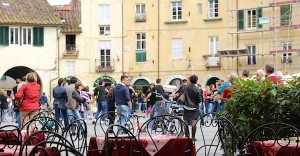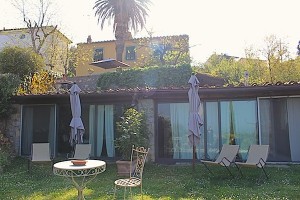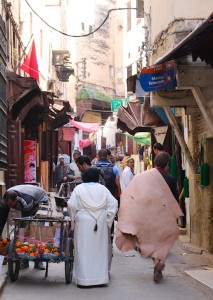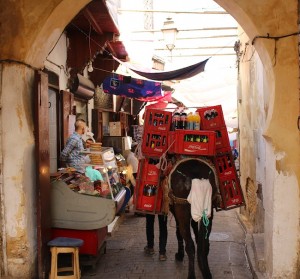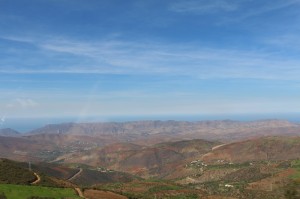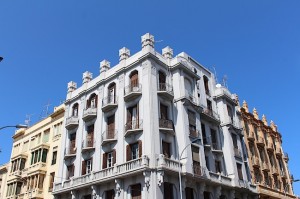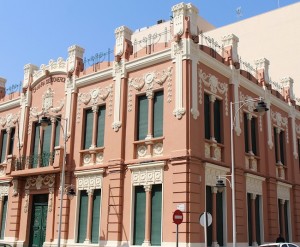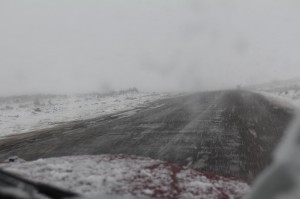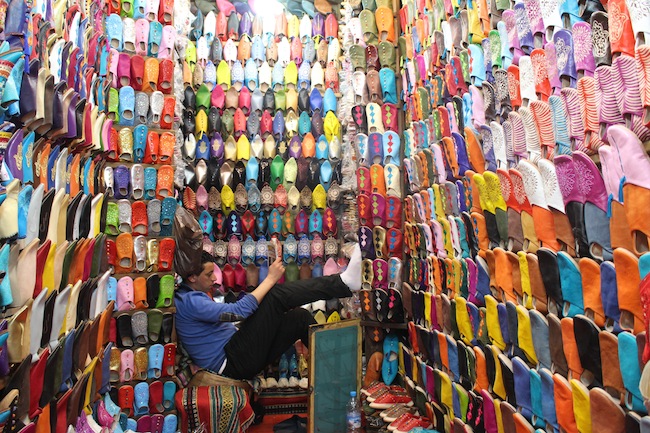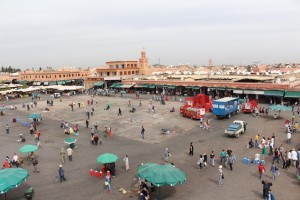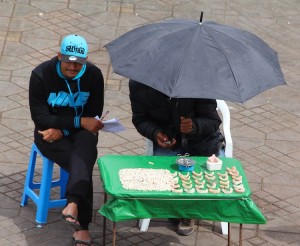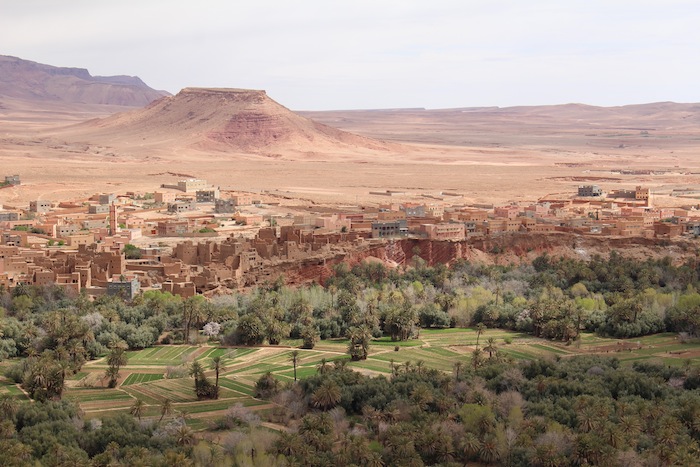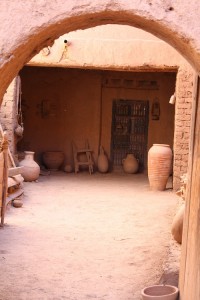One minute we were laughing about our day in Pisa, the next moment a loud bang and lurch had Charlie’s back end virtually on the tarmac and us going nowhere.
Our little car has conquered the highest mountain passes in Morocco, but a simple bend in the road in Italy was all it took to snap part of the suspension. It didn’t look good.
Here’s the technical bit – the knife edge, or suspension end piece, has snapped in half.
This little thing is all it has taken to stop us in our tracks.
It might sound bad, but if bad is going to happen, it couldn’t have been better. We weren’t on a snowy mountain road in Morocco. We weren’t three days away from our visas for Morocco running out. We weren’t somewhere where parts cannot be delivered, or mechanics will just make up a number and add two zeros because we are tourists. We weren’t hurt and Charlie is not terminally damaged. But there is more.
Our overnight in Livorno may be turning into a slightly longer stay, but Italy is already weaving its magic.
We broke down at midnight, outside a pizzeria that was just closing. Despite the lateness of the hour, our lack of Italian and their lack of English, our combined mime routines meant they called us a taxi, wrote a note to put on the car so it would not get towed and promised to watch over Charlie and all our gear.
The owners of Villa Panicucci, the lovely B&B in Montenero in the hills above Livorno in which we are staying, also could not have been more helpful.
Gianfranco and Betty Messina had already stayed up until 2am the night before because our ferry was horribly delayed from Morocco. News of our car nightmare got them organising a place to stay for us that night, as they were fully booked. They put us in their grandmother’s cottage up the road, until we could return to the B&B the next night. They drove us to the train station so we could get to Pisa to pick up a hire care. Last night they were having friends over for dinner and Geoff was introduced to one of guests who spoke fluent English and offered to go to the garage with Geoff and act as translator.
Turns out that not only is he nice man who is generous with his time and linguistic skills, he is also Carlo Falcone – a top Italian classic car racer, owner of the Antigua Yacht Club Marina, father of America’s Cup winner Shannon, and fresh from the San Remo rally where he and his Porsche came second. First thing Monday morning Carlo drove his Shelby GT500 Mustang down to where Charlie was parked, and as he stepped out of the most powerful production V8 car in the world, he took one look at all 600ccs of Charlie Charleston and declared him a beautiful car in his favourite colours!
We think Charlie will be well taken care of at the local garage. Take a moment to imagine the look on the face of the mechanic, when an Italian racing car hero marched into his shop at 08.30 on a Monday morning, to act as translator for an Aussie dude with a broken 2CV. It was a picture!
On Sunday, before all of that excitement, we went to Lucca, a nearby ancient walled city. We would not have gone if we had not been stranded here. We discovered that it is the birthplace of Puccini and very pretty.
But there is more!
As we tucked into a most delicious lunch of freshly made ravioli, risotto and scallopini in the main piazza, a salsa dance troupe appeared and put on an impromptu show.
Later, strolling back to our hire care, we spotted a performance of arias from Madam Butterfly was on, for one day only, starting at 17.00. It was 16.50 and they had two tickets left. We couldn’t believe that pure chance would have us listening to Madam Butterfly in the concert hall of Puccini’s home town!
Driving back to Montenero, we stopped to check on Charlie and eat pizza with his guardians at Pizzeria Rosticceria.
As well as their own small, dish-baked pizzas with whatever topping you want, we had the local speciality ‘torta de ceci’, a savoury pancake made from chickpea flour, and ‘il ponce’– a delicious local coffee liqueur with rum, sugar and lemon, said to have been invented to warm the cockles of stranded sailors when the weather was too bad for sailing. It is said that Il Ponce is ‘capable of comforting the soul and helping in difficult moments”. How appropriate for us! The restaurant staff greeted us with open arms and promised again to keep looking out for the car until we got it to the garage. If you are ever in Livorno go to this pizzeria on Via de Monternero 28. They are charming, smiling and generous people and their pizzas are delicious!
So what better place to be waiting for Charlie to be repaired.
All of this human warmth and good fortune has come from one small broken piece of metal. So although we wouldn’t wish any more trouble on poor old Charlie, we count ourselves very lucky indeed. Grazia mille to all of those who have helped us in these last few days and if this is what Italy is like, then we are going to like it a lot!










